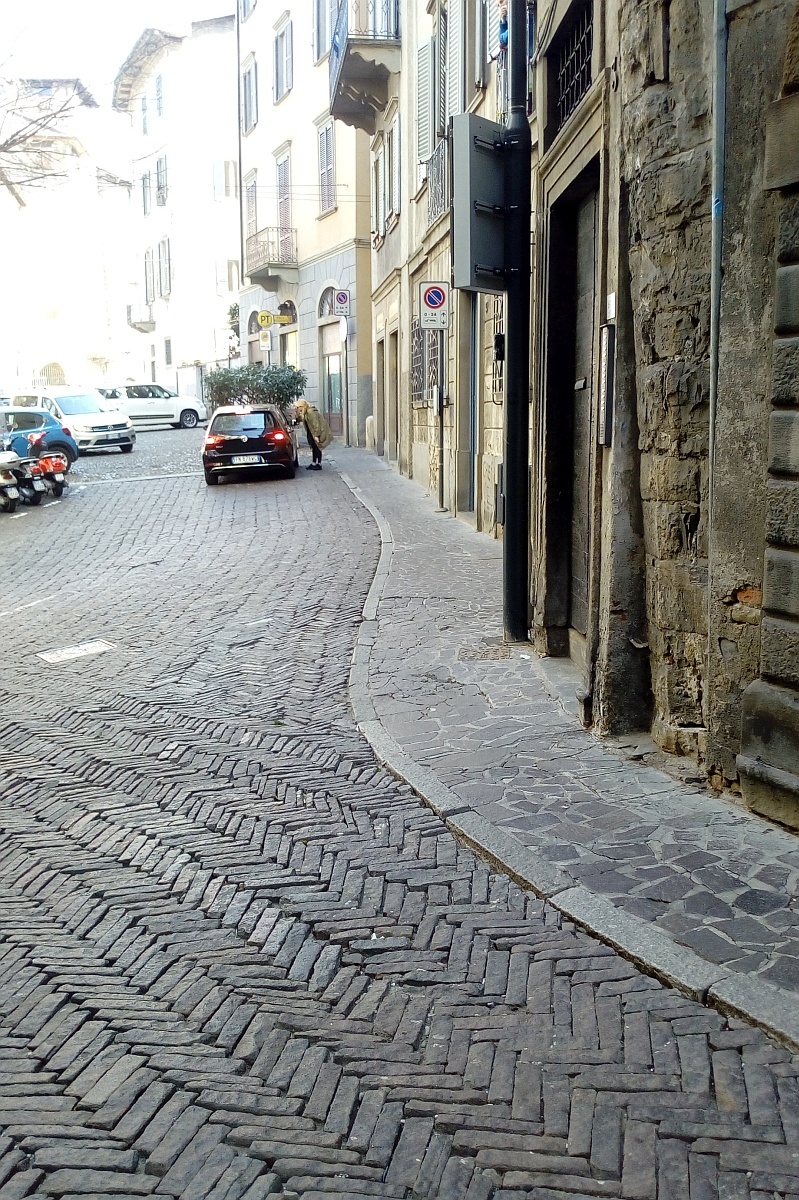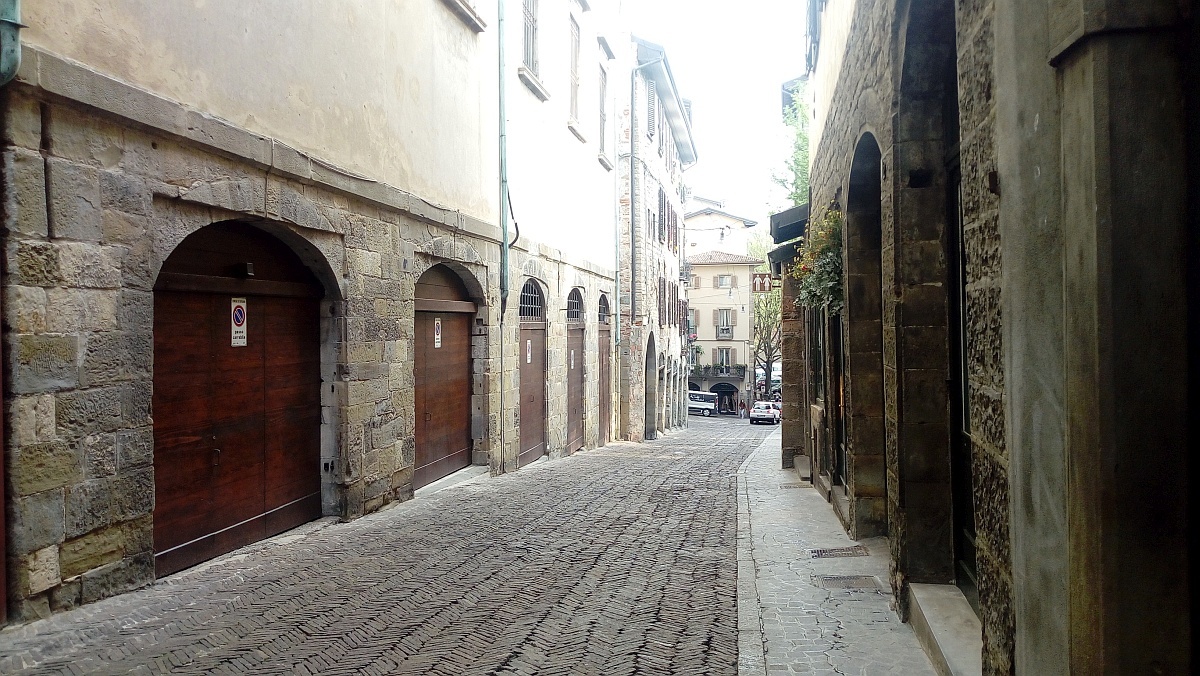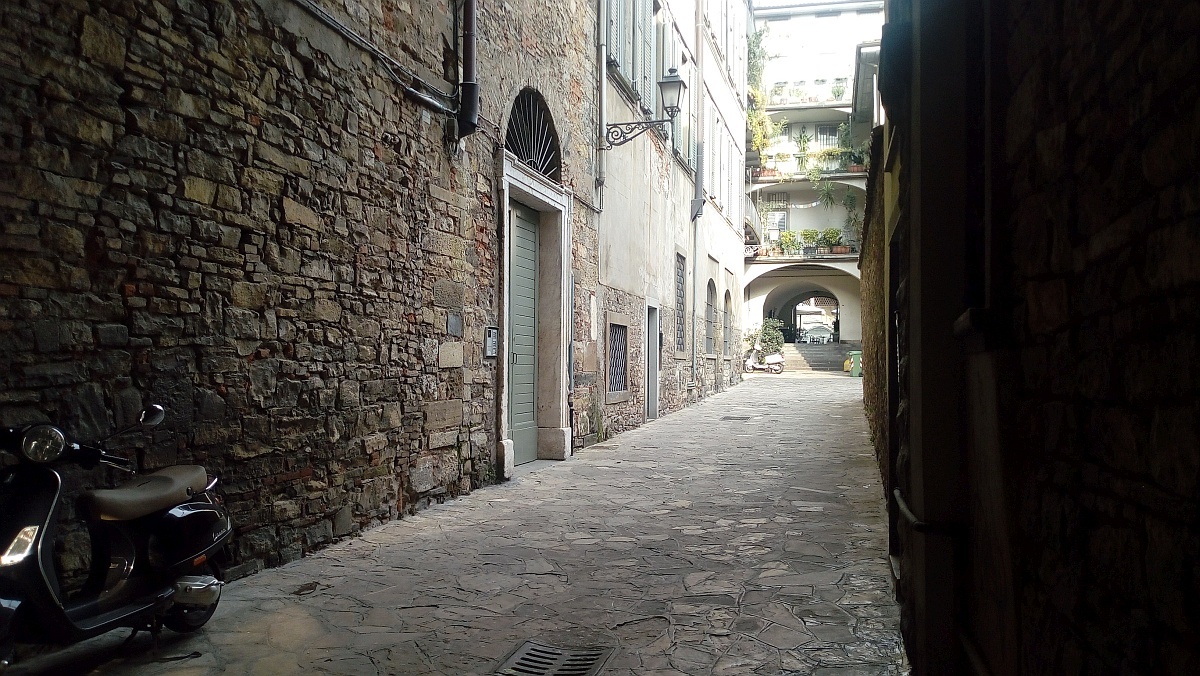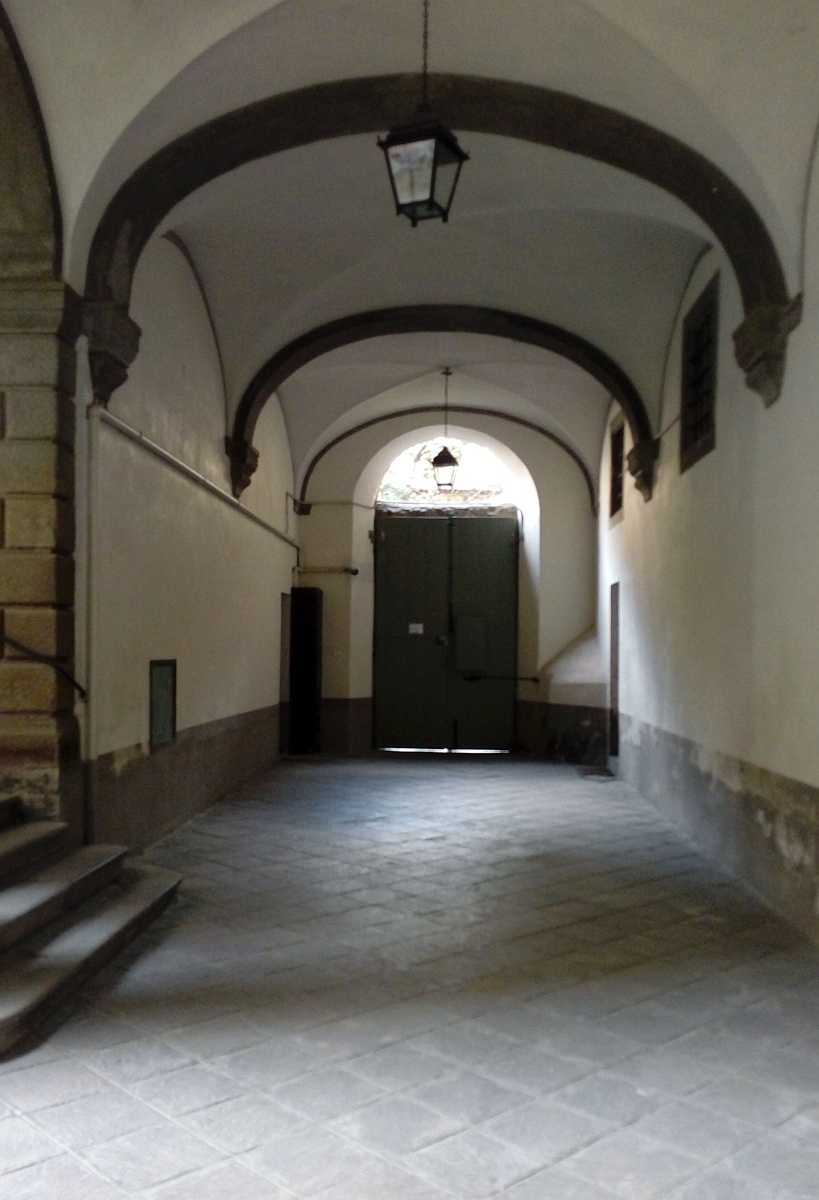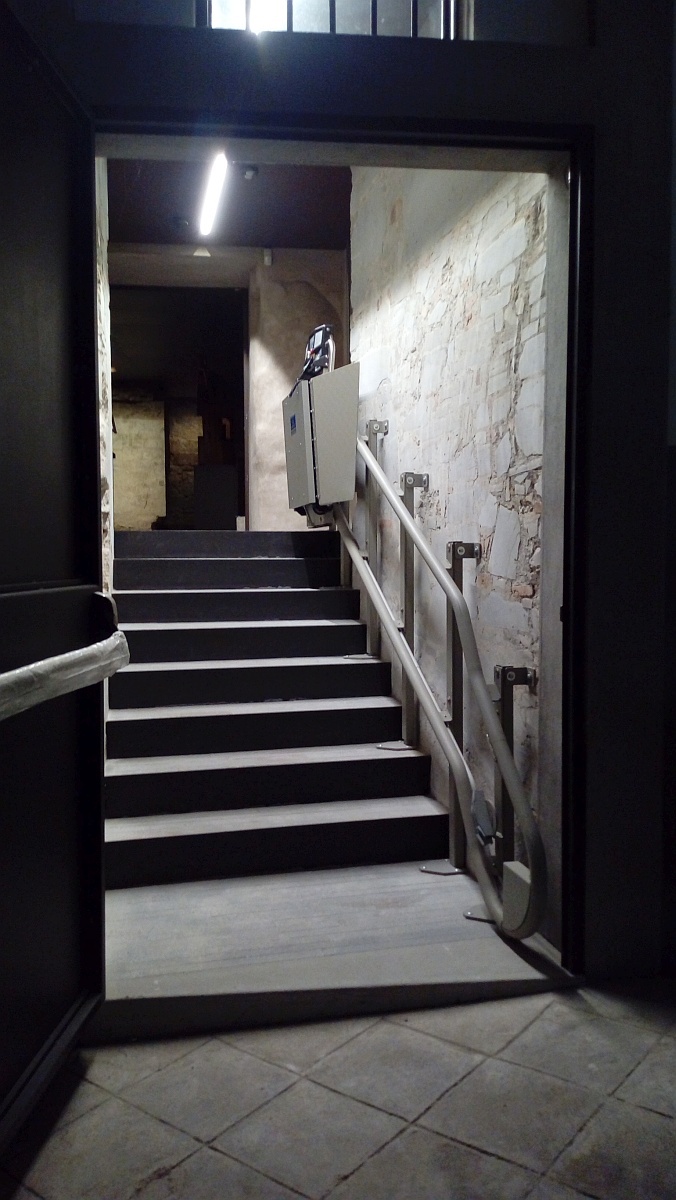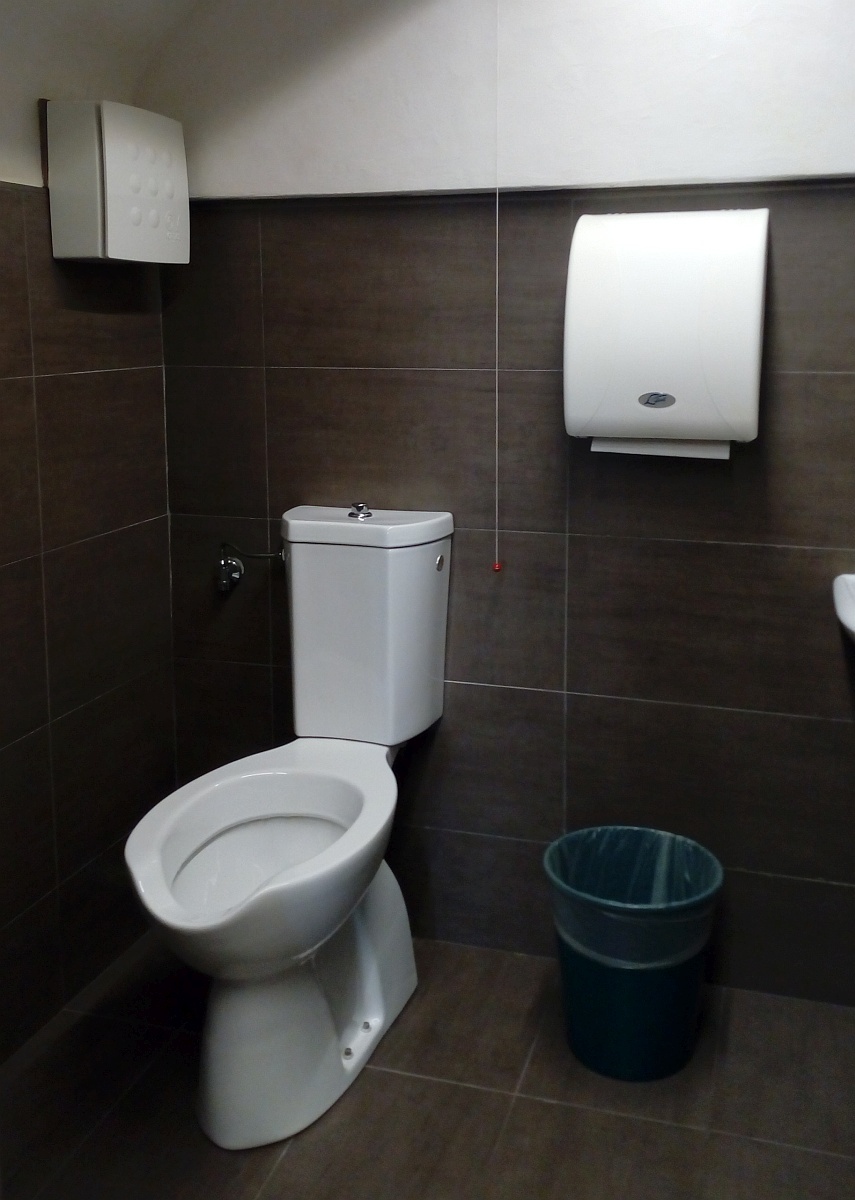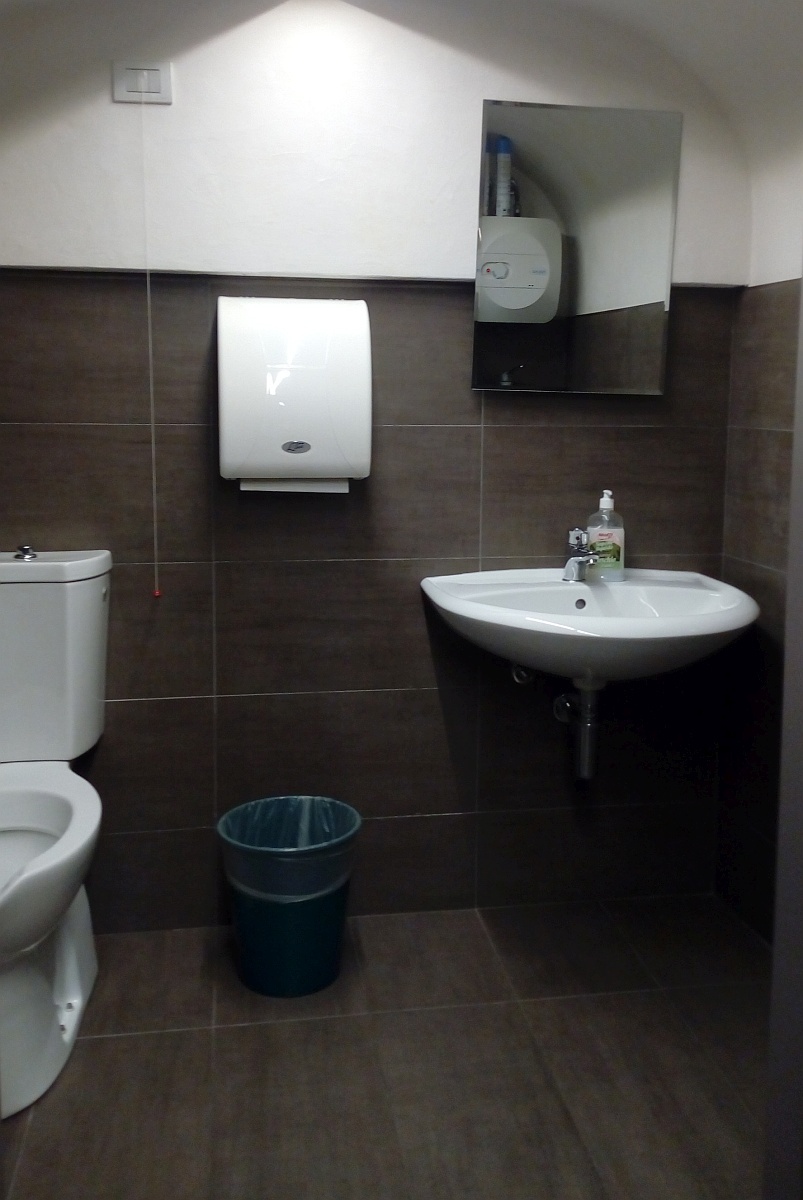Cathedral Museum of Bergamo: A Journey Through Time Between Archeology and Sacred Art
The Cathedral Museum and Treasury, opened in 2012, is located in a place rich in history: the basement of the Cathedral of St. Alexander. During renovations in 2004, important archaeological evidence emerged that tells the story of Bergamo from the 10th century B.C. to the 16th century. Together we will discover traces of prehistoric settlements, the remains of Roman domus, the vestiges of the early Christian church and the Romanesque cathedral, a real journey through time in the heart of the city.
History of the Cathedral Museum
The Diocese of Bergamo wanted to create this museum in order to make known the history of its church, to illustrate the architectural transformations that have affected this place and, through the display of precious objects of art and liturgy, to bring the visitor closer to the atmosphere of sacredness and beauty that characterized the life of the ancient Cathedral of St. Vincent.
Thanks to a complex excavation campaign (2004 – 2012) in the subsurface of the Cathedral, traces of a Roman site, the early Christian Cathedral of St. Vincent and the later Romanesque Cathedral, wrapped up in the Renaissance reconstruction of the architect Filarete, have resurfaced. The plan of the excavation findings highlights the evolutionary phases of this place, inhabited since the 10th century BC.
Hidden Treasures of the Cathedral
The heart of the museum itinerary is the Treasure of the Cathedral, a collection of precious objects that have been treasured over the centuries. Prominent among them are reliquaries, chalices, monstrances and sacred vestments of inestimable artistic and spiritual value. These objects testify to the wealth and devotion of the Bergamasque community over the centuries.
Archaeological Excavations: A Journey into the Past
From the 1st century BC to the 4th century AD, the area was occupied by a Roman-style district, adjacent to the forum, crossed by a commercial road overlooked by shops, artisan workshops and residential domus with rich architectural and decorative features. The excavations have brought to light mosaic floors, frescoes, remains of columns and other architectural elements that testify to the grandeur and refinement of the ancient Roman city.
The Early Christian and Romanesque Cathedral
In the 5th century, a Cathedral dedicated to San Vincenzo was built. The dimensions of the basilica were imposing: it measured no less than 45 meters in length by 24 meters in width and was the largest sacred building in the city. The line of the perimeter walls of this structure has been maintained in the subsequent building phases and corresponds (excluding the eastern side of the presbytery) to the perimeter of the current church. The Cathedral Museum tells the articulated history of this evolution, through archaeological finds and artistic artefacts.
Useful information
The volunteer members of the Italian Touring Club welcome visitors on the following days:
Saturday – Sunday 2:30 PM – 5:30 PM
www.touringclub.it/apertipervoi






